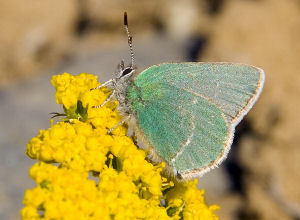Rubáiyát of Omar Khayyám
2
Dreaming when Dawn's Left Hand was in the Sky
I heard a Voice within the Tavern cry,
"Awake, my Little ones, and fill the Cup
"Before Life's Liquor in its Cup be dry."
7
Come, fill the Cup, and in the Fire of Spring
The Winter Garment of Repentance fling:
The Bird of Time has but a little way
To fly—and lo! the Bird is on the Wing.
8
And look—a thousand Blossoms with the Day
Woke—and a thousand scatter'd into Clay:
And this first Summer Month that brings the Rose
Shall take Jamshýd and Kaikobád away.
11
Here with a Loaf of Bread beneath the Bough,
A Flask of Wine, a Book of Verse—and Thou
Beside me singing in the Wilderness—
And Wilderness is Paradise now.
18
I sometimes think that never blows so red
The Rose as where some buried Cæsar bled;
That every Hyacinth the Garden wears
Dropt in its Lap from some once lovely Head.
19
And this delightful Herb whose tender Green
Fledges the River's Lip on which we lean—
Ah, lean upon it lightly! for who knows
From what once lovely Lip it springs unseen!
21
Lo! some we loved, the loveliest and best
That Time and Fate of all their Vintage prest,
Have drunk their Cup a Round or two before,
And one by one crept silently to Rest.
37
Ah, fill the Cup :—what boots it to repeat
How Time is slipping underneath our Feet:
Unborn TO-MORROW, and dead YESTERDAY,
Why fret about them if TO-DAY be sweet!
67
Ah, with the Grape my fading Life provide,
And wash my Body whence the Life has died,
And in a Windingsheet of Vine-leaf wrapt,
So bury me by some sweet Garden-side.
75
And when Thyself with shining Foot shall pass
Among the Guests Star-scatter'd on the Grass,
And in thy joyous Errand reach the Spot
Where I made one—turn down an empty Glass!























